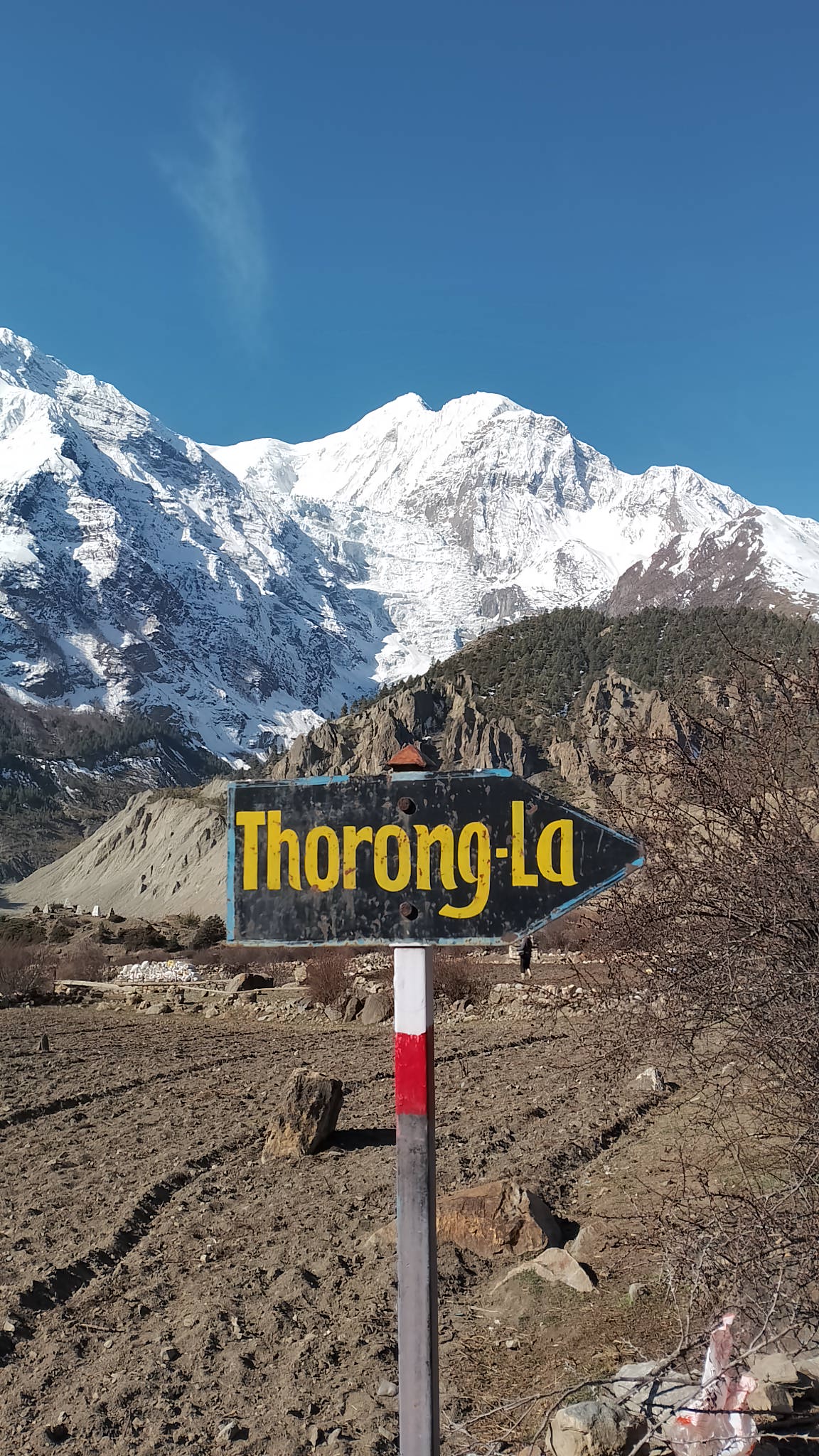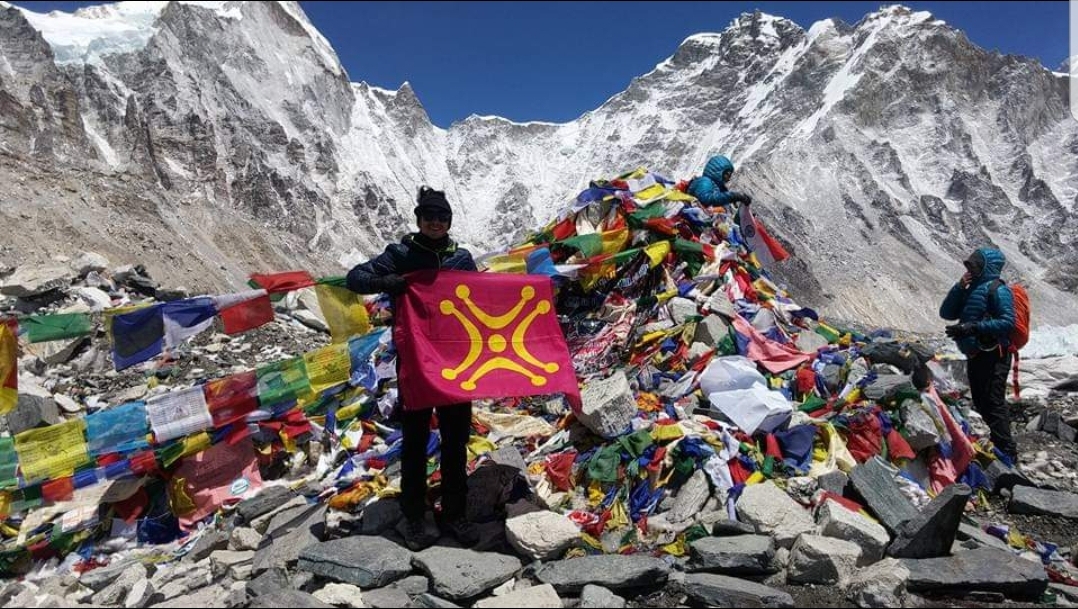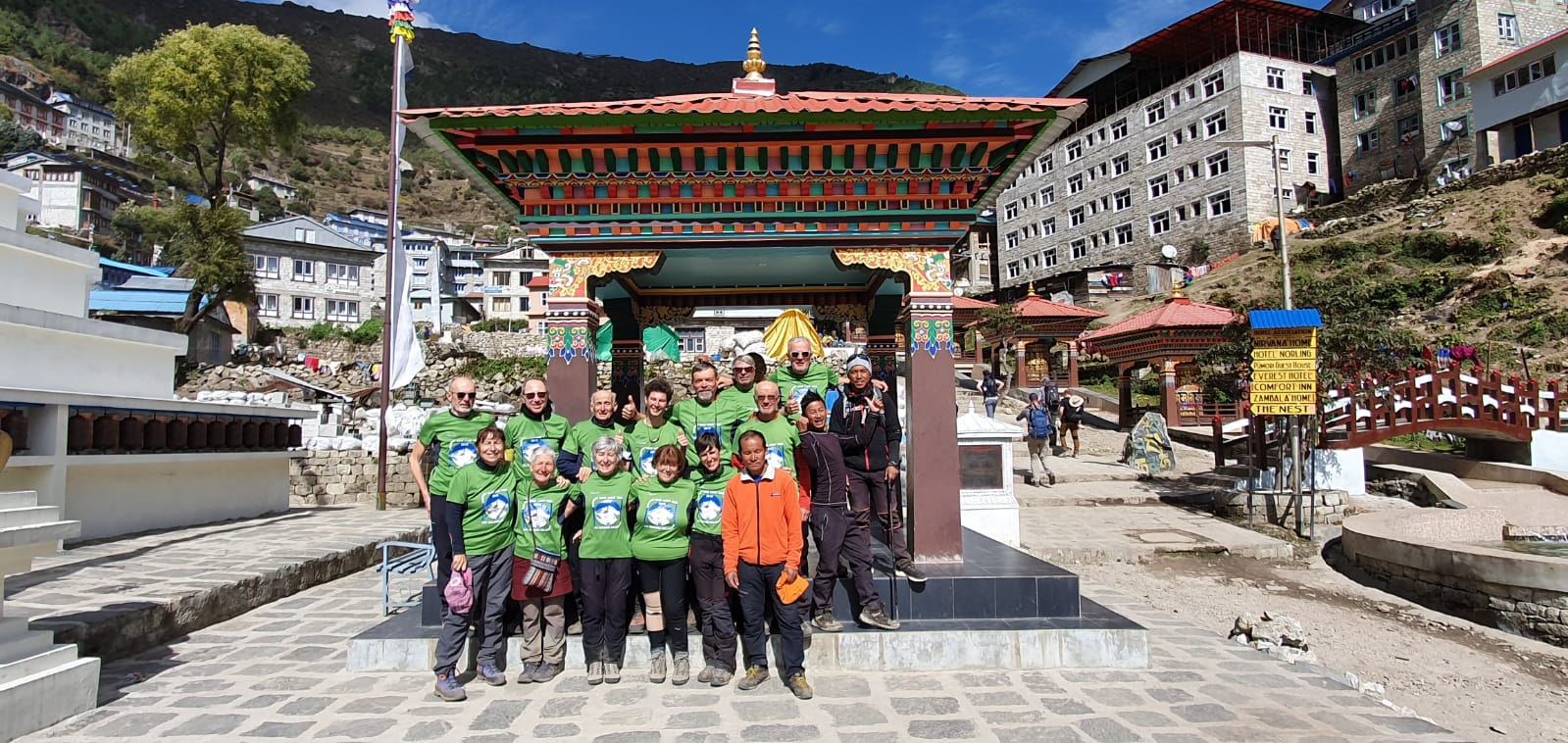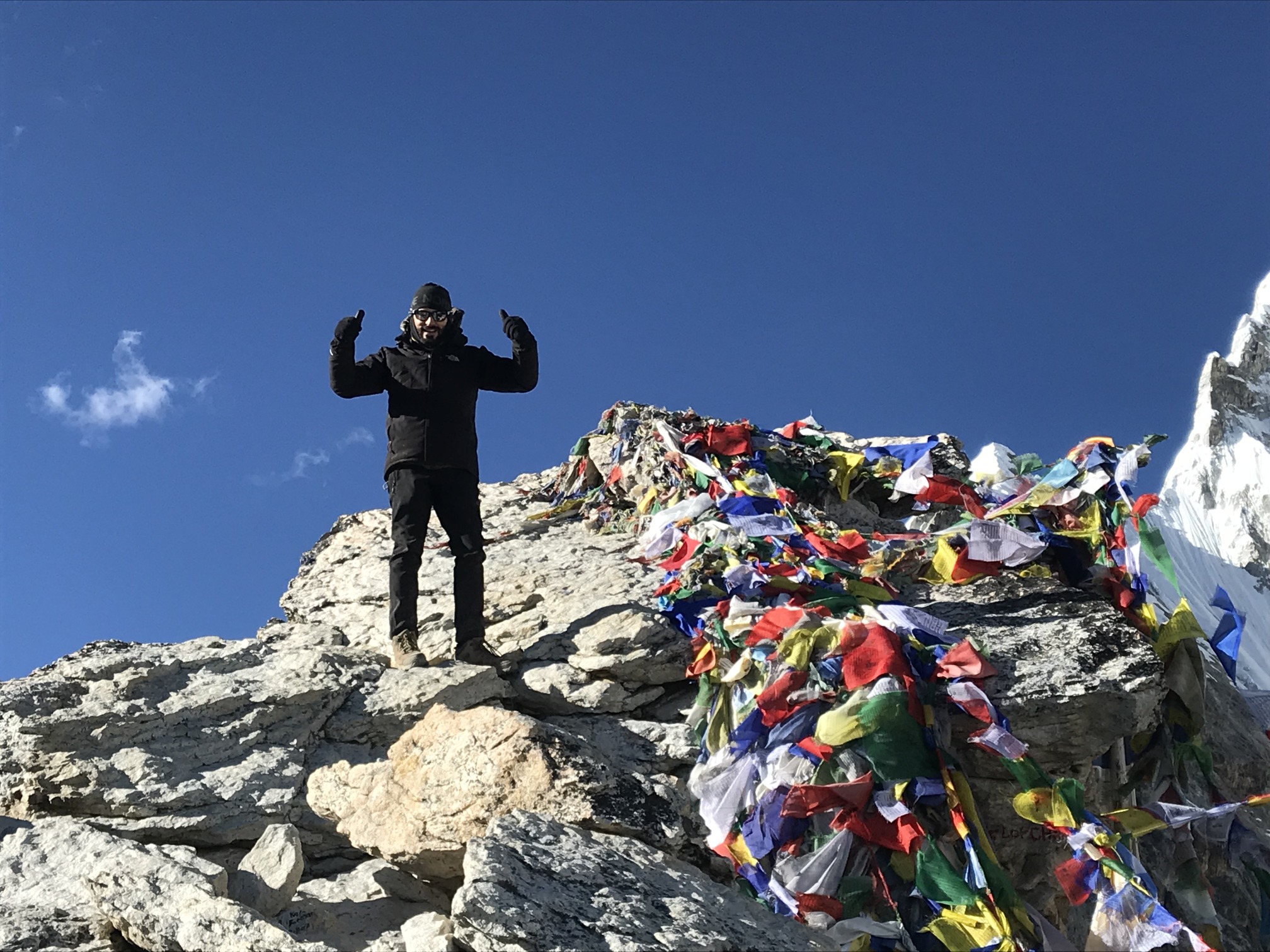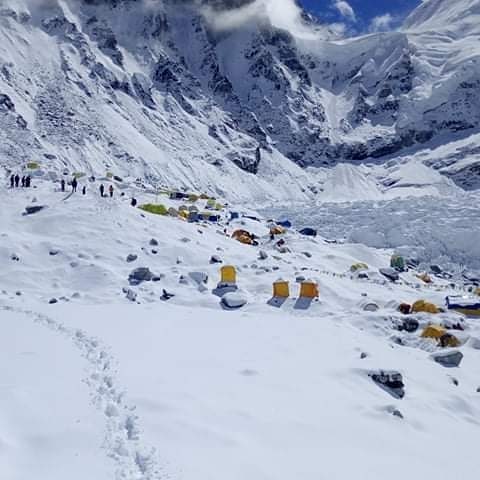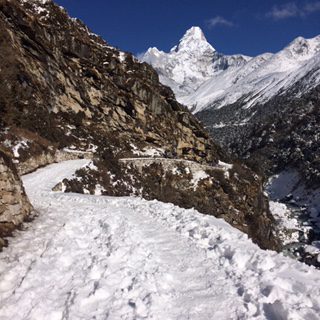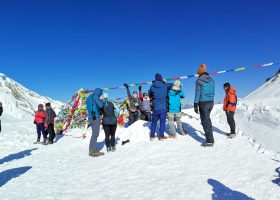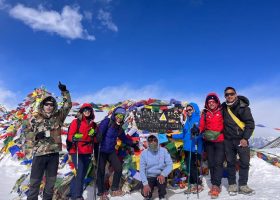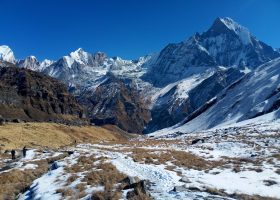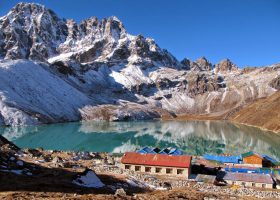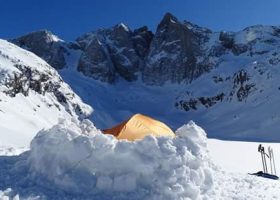Overview
Annapurna area was opened to foreign trekkers in 1977 after the disputes between CIA-backed Khampa guerrillas operating from the area into Tibet, and the local populace and Nepal army were settled. The original trek started from the market town of Dhumre situated at the Kathmandu - Pokhara highway and ended in Pokhara, and took about 23 days to complete. Road construction started in the early 1980s both from Dhumre to the north and from Pokhara to the west and then up the Kali Gandaki valley. The road has now reached past Manang on the Marsyangdi river valley and Muktinath on the Kali Gandaki side. Of the trek's original 23 days, only 2 sections of 2-3 walking days in the length of the trek are now without a motor road, namely Thorong La pass and the section over Ghorepani/Poon Hill. In places, new trails and routes have been marked so that the road can be partly avoided. The existence of the road has nevertheless changed the area, appearance, and atmosphere of the villages. The road facilitates transport, increasing the popularity of mountain biking in the area. Since 2011, companies in Muktinath and Jomsom rent out mountain bikes to tourists. As the road sees very little traffic, and one can ride downhill (dirt road and/or single track) from Muktinath to Tatopani and descend almost 3000 meters in 2–3 days.
New areas near Annapurna have been opened for trekkers in the past years, such as Upper Mustang, Nar-Pho Valley, Manaslu and Tsum Valley. Currently, trekking these areas is restricted and subject to extra permits, costs, and other limitations.
In October 2014, Seth Wolpin achieved the fastest known time in 72 hours and 4 minutes. He started in Besisahar and finished in Nayapull, following all New Annapurna Trekking Trails.[6][7]
It is reported that time has been recently surpassed by Greek athlete and philanthropist Lefteris Paraskevas, who, in May 2017 completed the classic route of the Circuit, from Besisahar to Nayapul, in 68 hours and 22 minutes.
Details Itinerary
Day 01: Arrival day (1,300m/4,264 ft)
Day 02 drive to Besisahar trek to Nadi
Day 03: Trek to jagat
Day 04: Trek to Darapani
Day 05: Trek to Chame
Day 06: Trek to Pissang n
Day 07: Trek to ngawal
Day 08: Trek to Manang
Day 09: Trek to Lader
Day 10: Trek to Thorang hight camp
Day 11: Trek to Muktinath via Thorang La Thorang La pass)
Day 12: Trek to Jomsom
Day 13: By bus/plane/jeep to Pokhara
Day 14: Visit pokhara
Day 15: By plane/Bus/jeep back to kathmandu
Cost Details
Cost Includes
- Airport to hotel pick and drop
- Two-night hotel in Kathmandu at three-star categories in BB plan
- Accommodation in Mountain lodge run by local people during a trek
- All meals during trekking
- One highly experienced mountain Guide and Porter
- Accommodation food, drinks, salary, insurance, transportation of both trek guide and Porter
- All necessary paper works and Sagarmatha National Park entry permit
TIMS Card (Trekker’s Information Management System card)
- Jomsom/ Pokhara / Kathmandu Bus or airfare.
Cost Excludes
- International airfare
- Travelers insurance
Cold drinks (Alcohol and cold drinks)
- Boiled water, Hot shower, Mineral water, Batteries charge and hot drinks (in pot)
- Lunch and dinner in Kathmandu (Approx. 10-12 USD
- Staff tips.
Map
FAQs
-
-
Clothing & Equipment
-
Acclimatisation & Oxygen
-
Guides, Sherpas & Team Members
-
Health & Fitness
-
Communication & Electronic Devices
Will there be any access to a satellite phone? If yes then what would be the charges for usage?
Yes, most of our expedition guides take satellite phones and you are welcome to use these at wifi and local moble call Most often, your guide will post daily dispatches on the Nhh website in which your friends and family can follow your progress.I want to contact my friend or relative, who is on one of your trips, how can I reach them?
Many of our treks and climbs send daily internet dispatches, and we receive updates from our guides while they are in the field. The best place to reach a loved one is through our office.Will there be any power source for charging batteries, etc. available throughout the trek?
For lodge-bassed treks, many of the lodges have power available with typical Asian plugs (two nail like horizontal prongs) and offer to recharge for a fee.We can cater for special power requirements at an extra cost or advise on the purchase of a suitable personal solar charging system - please enquire with our office.
-
Insurance
-
Fees & Payments
-
Photography
-
Safety
-
Manual Notes:
PACKING HELP FOR TREKKING TOUR
Better. 15 kg weight for the porters/participants
Long trekking trousers, wind- and water-repellent, Functional shirt short-sleeved, Long-sleeved functional shirt
Fleece jacket or sweater, Trekking socks normal and warm, Functional underwear, Long underwear
Warm sleepwear, Clothing for the lodge, Wind and waterproof rain jacket
Down jacket (Primaloft) thin with hood, Down jacket warm with hood
Cap warm, Buff bandana / scarf, Coneflower / Cap, Gloves normal and warm
Trekking shoes ankle-high, Trekking sandals or sneakers for Teahouse
Category 4 sunglasses, headlamp
Sleeping bag
Drinking bottle, thermos bottle
trekking poles, spikes
Day pack, rain cover, packing bag,Plastic bag for documents ect.
Big bag or backpack
First Aid Kit…painkillers e.g. Ibuprofen, diarrhea and vomiting remedies, electrolytes, cold remedies, wound disinfectant, plasters, blister plasters
Sun protection face and lips with high SPF
Toilet paper
handkerchiefs, microfiber towel
ear plug, nail clippers, brush, comb
Wet cleaning wipes, hand disinfection
toothbrush, toothpaste
washing gel, face cream, lip care
power bank, Phone, charging cable, headphones, Camera, SD card, spare battery
E-reader, book, notebook, pen
passport, passport photos
cash, credit card
Document insurance for illness

